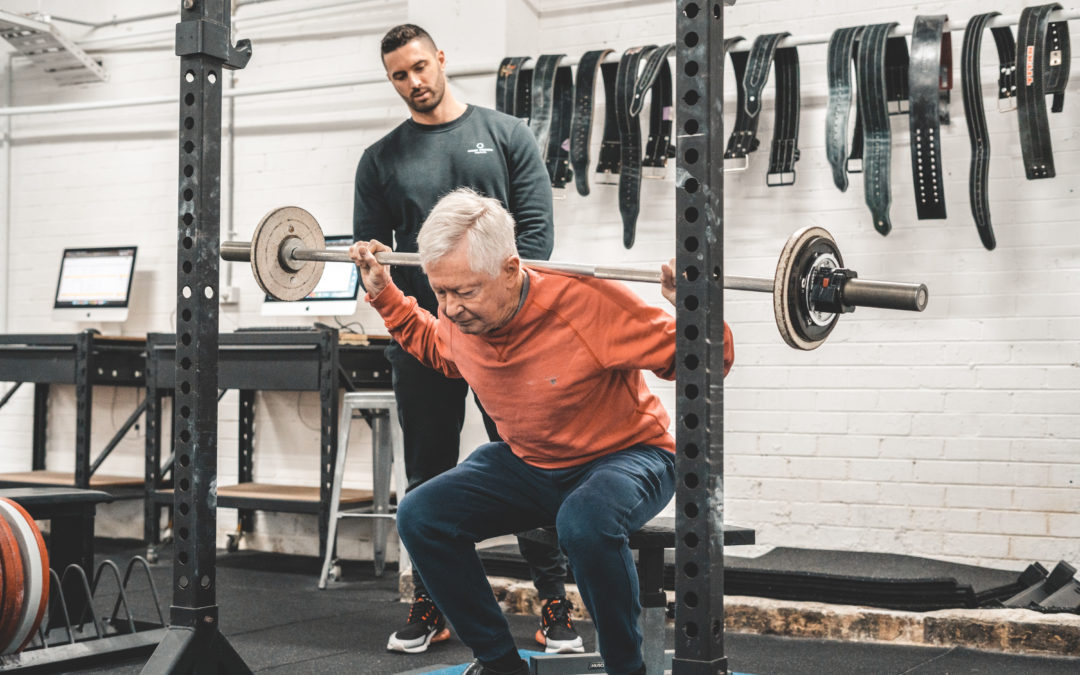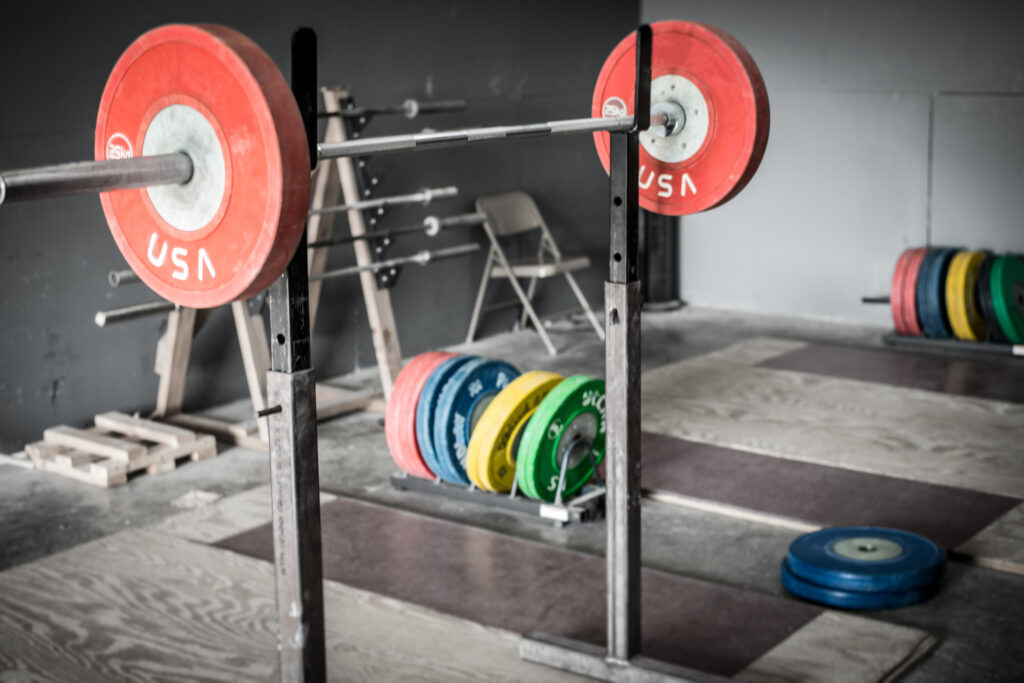Knees are non-negotiable when it comes to movement. As a hinge joint, the knee allows flexion and extension – bending and straightening your leg. The quadriceps and hamstrings act on the knee to perform these movements, assisted by the gastrocnemius, a calf muscle that also helps bend the knee. Interestingly, the patella (kneecap) is a sesamoid bone, embedded in the quadriceps tendon to boost force production. Throughout daily life whether it be walking, squatting, using stairs, or kneeling, it becomes obvious when your knees aren’t pulling their weight. Discomfort, stiffness, or weakness in the knees can disrupt even the simplest of tasks. Thankfully, with the right approach, knee strength is something we can build and maintain. In this article, we’ll explore common causes of knee weakness and provide practical ways to train stronger, more resilient knees that support your everyday life.
What causes weak knees?
Knee discomfort or weakness rarely has a single cause. While traumatic injuries do happen, like falls or direct blows, most people experience issues due to a combination of factors. These often include age-related muscle loss, low general activity levels, or conditions like arthritis and osteoporosis. Some people also blame specific exercises or muscle groups, when in reality the issue may be doing too much, too soon without proper preparation¹. That’s where the concept of graded exposure comes in. By gradually building strength and tolerance, most people can train without pain. It’s also important to remember correlation doesn’t equal causation. Not all soreness or weakness is due to exercise itself. Instead, it often reflects a lowered capacity to handle life’s demands. When in doubt, scale back but don’t stop moving. Conservative, well-dosed training can be one of the best tools for long-term joint health², ³, ⁴.
How do you build stronger knees?
For most people (excluding injury or clinical diagnosis), building stronger knees looks a lot like regular training. Resistance training improves the strength of muscles, tendons, ligaments, and bones. The knee responds well to this, but graded exposure matters. Whether you’re a beginner or returning from a break, jumping into intense training too quickly can backfire. Start with two sessions per week and aim for 2 – 3 sets of exercises that target the lower body, staying 1 – 4 reps away from failure. Focus on technique, control, and consistency and progress over time. A sample week could include squats, step-ups, leg presses and deadlifts all scaled to your ability. The key is working at a level that challenges you without exceeding your current capacity. Like anything, your knees get stronger by being used, but they need time, load management, and the right training structure to adapt successfully. Lastly, high impact cardio like running and skipping is effective for bone remodelling, but building a base of strength can help you get the most out of those activities.
What is the best exercise for “weak knees”
There’s no single “best” exercise for knees. Context is king. Think long-term. Over a full training career, your knees will be exposed to many different leg exercises: squats, lunges, step-ups, leg presses, deadlifts, and more. Each plays a role in strengthening the lower body, provided training variables like intensity and volume are managed wisely. We recommend including two key movement patterns:
- Squats or Leg Presses to target the quads, adductors, and glutes
- Deadlifts or Hinges to build the hamstrings, glutes, and back
Together, these develop most major lower body muscles in a time-efficient way. They can also be adapted to suit different fitness levels. Strong knees are a product of structured loading, variety, and progression. Rather than chasing the perfect exercise, aim for consistency and exposure to patterns that challenge the joint safely.
You need strong knees
If you want stronger knees, you need to train them. Avoiding movement often leads to more stiffness, weakness, or loss of function. Instead, focus on progressive loading. Our coaches can help you assess your starting point and build a plan that challenges your knees in a way that respects your history, current capacity, and goals. Whether you’re dealing with mild discomfort or simply want to futureproof your joints, resistance training offers one of the best returns on investment. Don’t wait until something goes wrong. Building strength now helps you move better, recover faster, and live more independently for years to come. Strong knees aren’t just about fitness; they’re about quality of life. If you’re looking to finally take control of your knee strength, contact us today.
References:
-
- Patellofemoral Pain Syndrome – PubMed
- Does the addition of hip strengthening exercises improve outcomes following total knee arthroplasty? A study protocol for a randomized trial – PubMed
- Strengthening of the hip and core versus knee muscles for the treatment of patellofemoral pain: a multicenter randomized controlled trial – PubMed
- The role of muscle strengthening in exercise therapy for knee osteoarthritis: A systematic review and meta-regression analysis of randomized trials – PubMed

